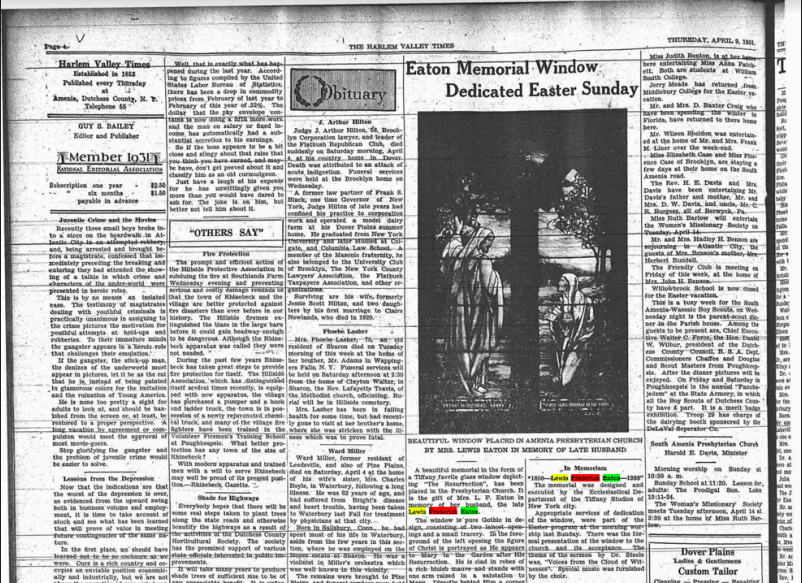
While the Layton Utah Temple of The Church of Jesus Christ of Latter-day Saints is best known as a house of worship, it is also home to a host of curated artwork that teaches the doctrine of Jesus Christ and pays homage to Utah’s heritage.
The temple was announced by President Russell M. Nelson
David Dibble, a Layton native, was one of the artists commissioned for this project. A graduate from BYU and the San Francisco Academy of Art, Dibble specializes in color and light design. He has worked on several animated films, including 20th Century Studios and Blue Sky Studios' "Rio," "Ice Age 4" and "The Peanuts Movie." He now teaches illustration at BYU and has original artwork in almost a dozen temples around the world.
“I grew up in Layton on a farm, and I was always involved in art,” Dibble said. “I can’t remember not doing art; it was always a part of my life.”

When Dibble heard the announcement of a temple in his hometown, he wanted to be a part of the process. “I knew I was really passionate about it,” he said.
Because of Dibble’s prior experience with temple artwork, he was able to submit a commission request and was approved.
The project, however, wasn’t without complication. “It's a lot harder to paint your own home,” he said. “There’s so much, experientially, that you’re bringing to the table — and emotionally — that it's hard to know whether it's objectively beautiful or emotionally resonant.”
Dibble created two pieces: “Layton Morning,” depicting a sunrise view of the Wasatch Mountains over the Great Salt Lake, and “Layton Evening,” an ode to the local, road-riddled farmland of his youth in the evening. These scenes depict the “more wild and natural spaces” that the Layton community has interacted with for generations.
“I wanted to pay homage to (the heritage) and the experiences of those people, and help them feel like there’s a connection for them in the temple,” he said.
A member of The Church of Jesus Christ of Latter-day Saints himself, Dibble said that the process of creating temple artwork has changed the way he worships in these sacred spaces.
“It makes me more compassionate for the efforts of others in creating a temple experience,” he said.
Dibble also recognized the impact this process has had on him personally.
“Sometimes,” he said, “I’m embarrassed at some of the imperfections, but it's the best I can do and I gave that to God. We all give what we can give, and God blesses that and makes it better and makes it for our good.”
Dibble said this process of continual progression is the purpose of church worship.
“I hope I can be patient with myself and with others as we try to live that to the best of our ability,”he said.

Joshua Clare, another local artist and Church member whose artwork is featured in temples around the world, shares similar sentiments. His piece, titled “Zion’s Mount,” hangs in the Layton temple and offers another local depiction of the Wasatch Front.
Clare said he encounters a dichotomy of emotions when creating artwork for sacred spaces. While he feels his pieces created for temples are divinely inspired, he has also grappled with feelings of self-doubt and inadequacy in the face of creating art for such high-profile spaces.
“Some (pieces) have flown beautifully and felt just like a gift, and some have been a real battle. But all of them, when I’m done — despite how desperate the struggle — they all feel sacred in the end," he said.
While the process has highlighted what he sees as his weaknesses, Clare said that it has also taught him about the power of the Atonement of Jesus Christ in a personal way.
“One of the lessons (I’ve learned) in being an artist and seeing paintings going into temples is that (God) doesn’t use perfect instruments because he doesn’t have perfect instruments. He had one, and that is Jesus Christ," he said.
The realization helped him find purpose and passion in his work, despite self-doubt, Clare said.
“It's been a lesson in grace for me because I've seen how he has taken the best I can do and he has made it enough,” he said.

These themes of grace, community and faith culminate in one of the Layton temple interior’s focal points: a Tiffany Studios stained glass window depicting the resurrected Jesus Christ visiting Mary at the Garden Tomb.
The piece, called “The Resurrection Window,” was bought
Paul Doros, a Tiffany Studios historical expert, estimates that the window was designed in 1931 by Lewis F. Eaton. It was originally called the “Eaton Memorial Window,” according to the Harlem Valley Times
After the New York church building’s demolition, “the window sold for $78,000 on eBay in June 2018,” Doros said. It now greets visitors as they ascend the Layton temple’s staircase to the second floor.
For more information about temples, visit the Church's temple infomation page.